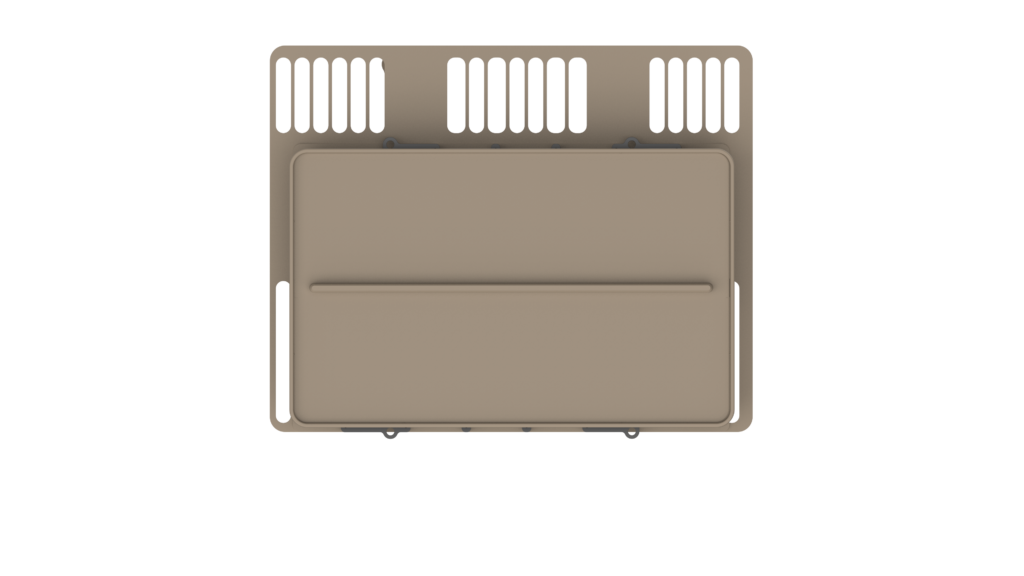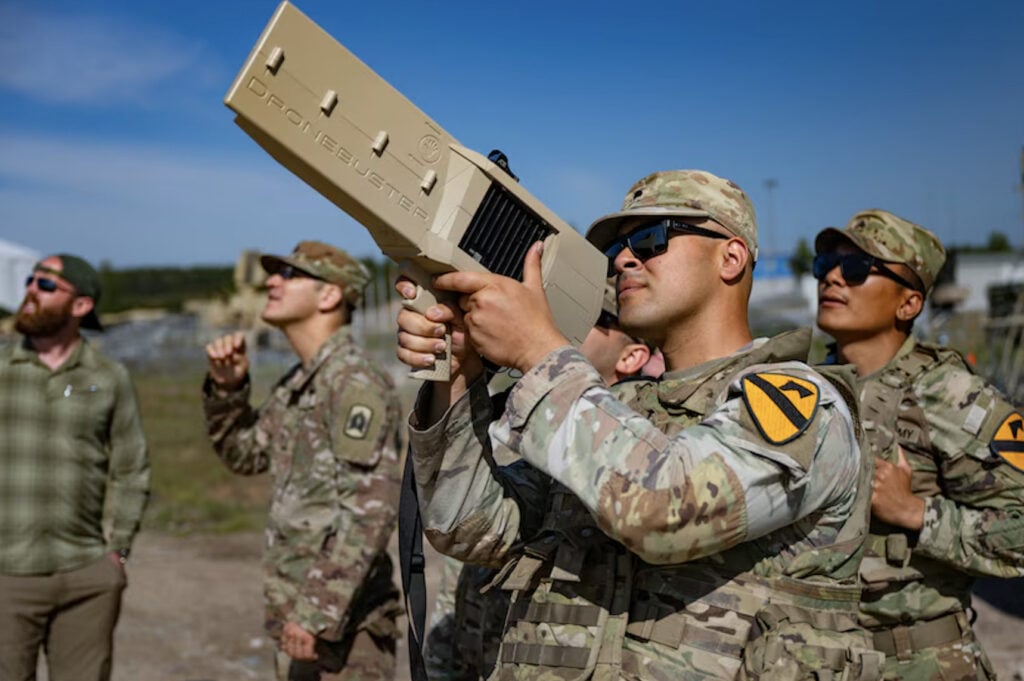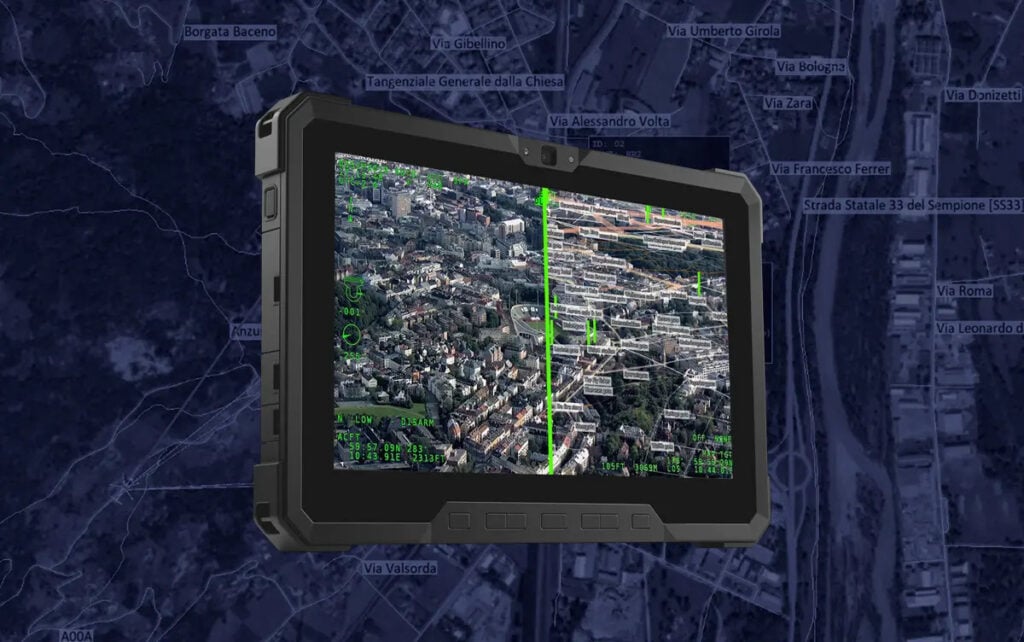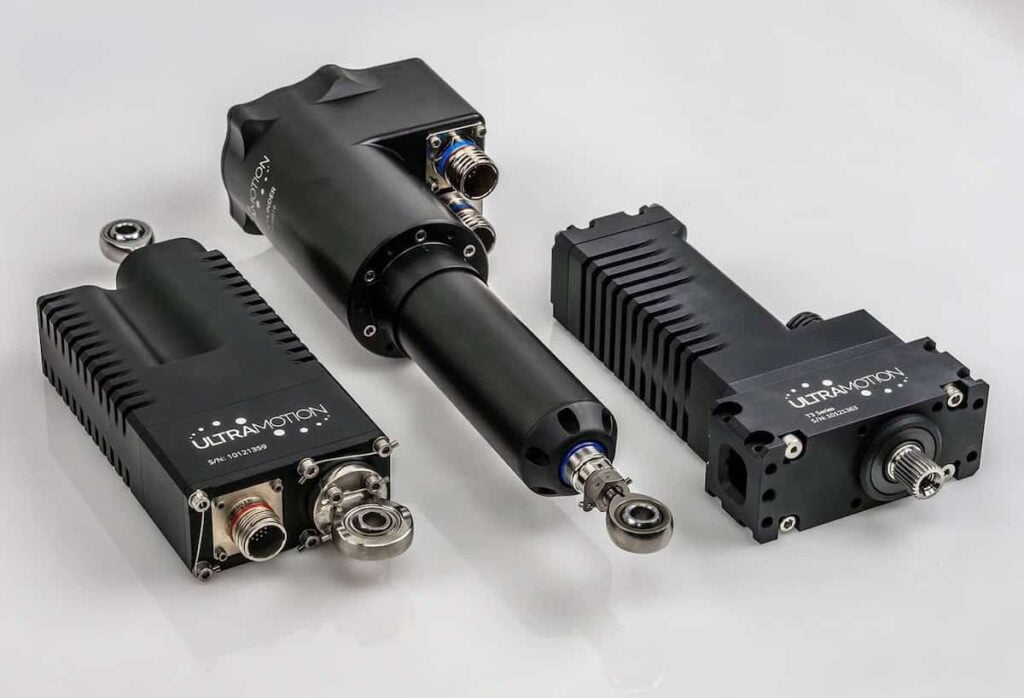
CUAS
Discover cutting-edge solutions from 8 leading global suppliers
The Defense Department today announced that Secretary of Defense Lloyd J. Austin III has signed a new, classified strategy for countering the effects of unmanned systems.
According to an unclassified fact sheet released by the department, unmanned systems are increasing in capability and are posing ever-increasing threats to the U.S. and its allies.
“Enabled by growing commercial innovation and the increasing sophistication of artificial intelligence, autonomy and networking technology, unmanned systems are fundamentally changing how militaries of all sizes, capacities, and capabilities — as well as non-state actors — achieve their objectives,” the fact sheet says.
Countering the effects of those unmanned systems is said to have been a priority for the secretary of defense since he took office in 2021, according to a Pentagon press secretary during a recent briefing. The new strategy strengthens efforts already underway by the department to deal with the growing threat.
Air Force Maj. Gen. Pat Ryder said, “Unmanned systems, more commonly known as drones, have the potential to pose both an urgent and enduring threat to U.S. personnel, facilities and assets overseas and increasingly in the U.S. homeland.
“The threats presented by these systems are changing how wars are fought. With this singular strategy for countering unmanned systems, in conjunction with other major DOD initiatives … the DOD is orienting around a common understanding of the challenge and a comprehensive approach to addressing it.”
The new strategy builds on other major DoD initiatives, including the standup of the Joint Counter-Small UAS Office, the establishment of the Warfighter Senior Integration Group, and the launch of the Replicator 2 initiative meant to defend against threats posed by small aerial systems.
The new strategy is classified, but the associated unclassified fact sheet reveals some of the efforts the department plans to take as part of that strategy.
One effort involves gaining a better understanding of the threats posed by unmanned systems and improving the ability of American forces to detect, track and characterize those threats.
Another aspect of the strategy is to build counter-unmanned system efforts and knowledge into existing U.S. military doctrine, organization, training, materiel, leadership, personnel, facilities and policy.
Through the strategy, the department also commits to delivering adaptable counter-UAS solutions more quickly and at scale, including by working more closely with U.S. partners and allies.
Of note also is that the department, within the strategy, recognizes the vast difference between the low cost of developing and deploying unmanned systems and the high cost the U.S. currently spends to defeat those systems. Here, in the strategy, the department commits to reducing the imbalance.
Ryder said the strategy allows the department to approach the threat posed by UAS in a way that’s “comprehensive, cohesive and holistic.”

























